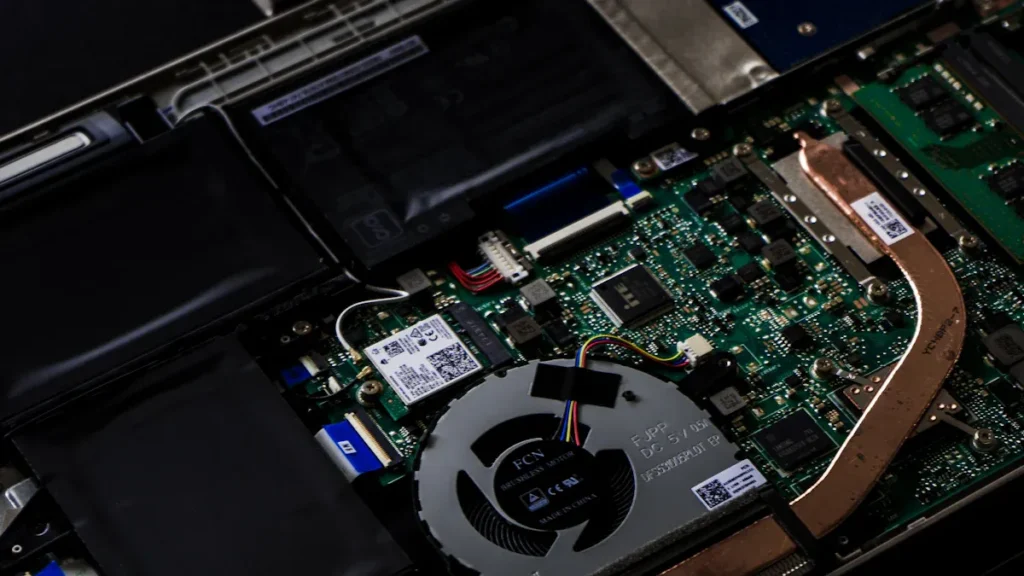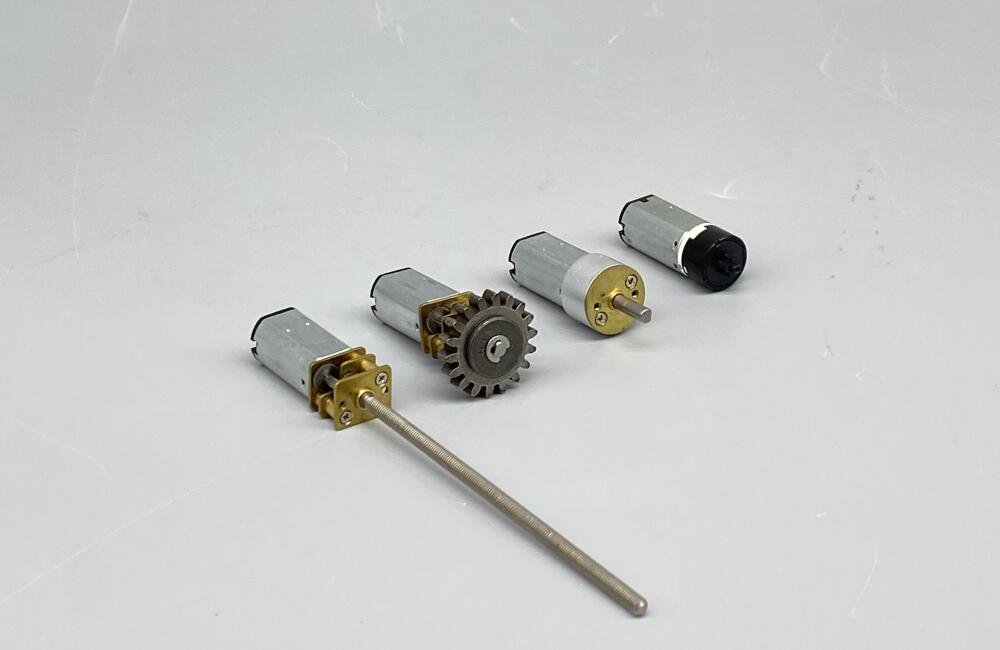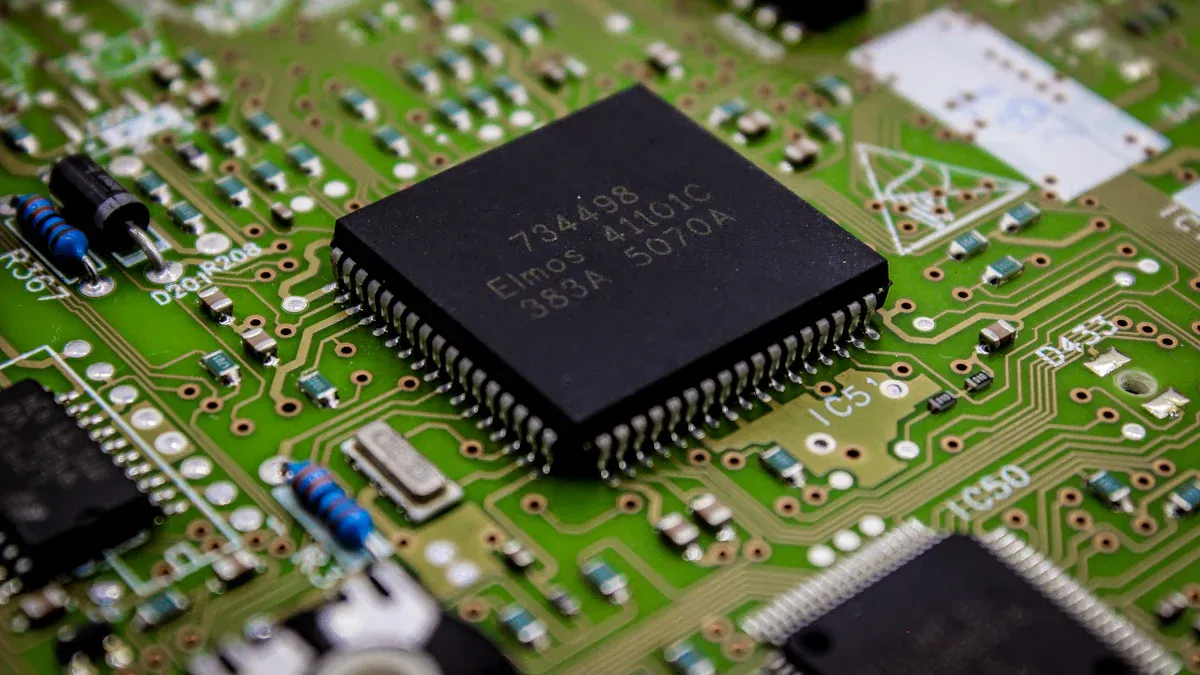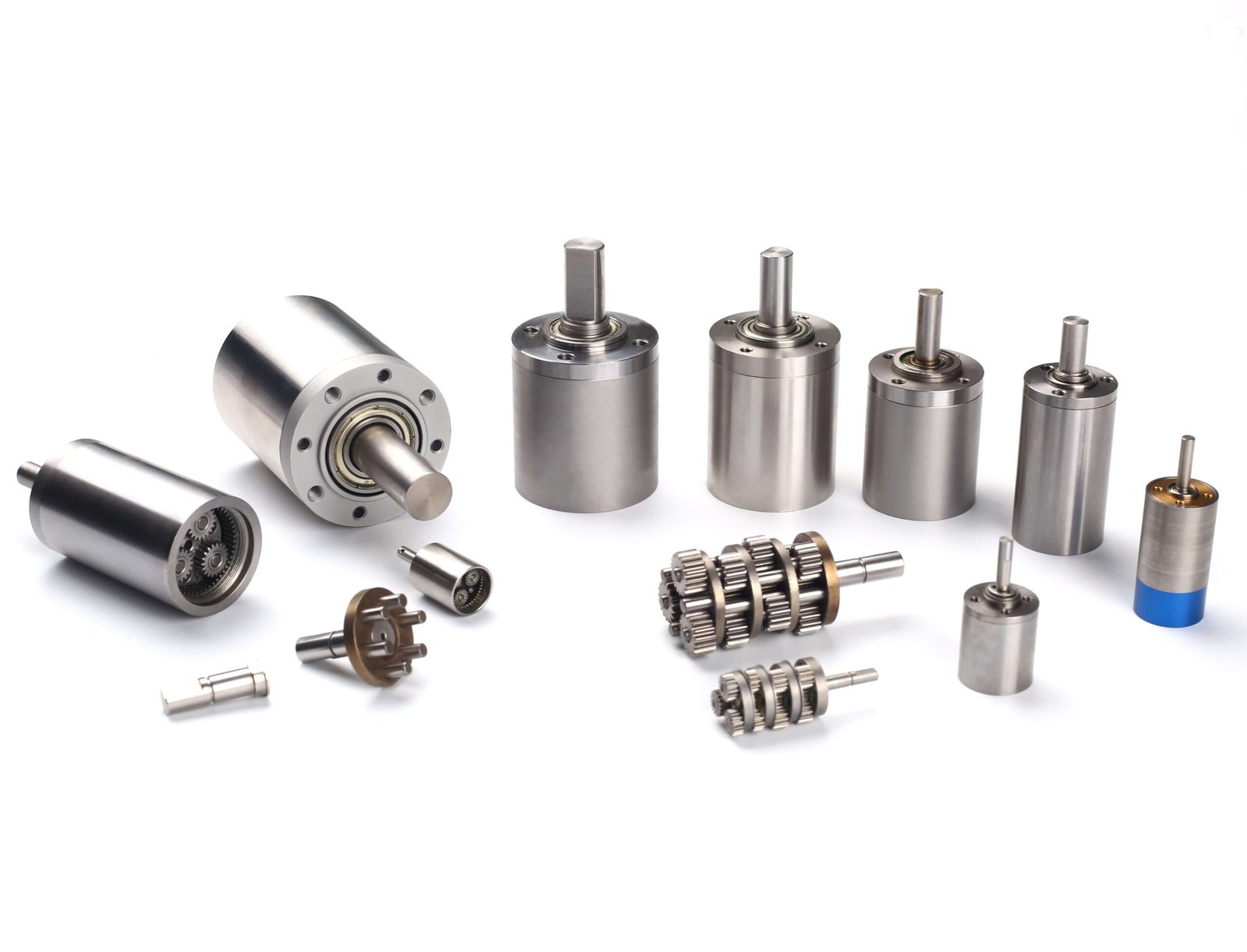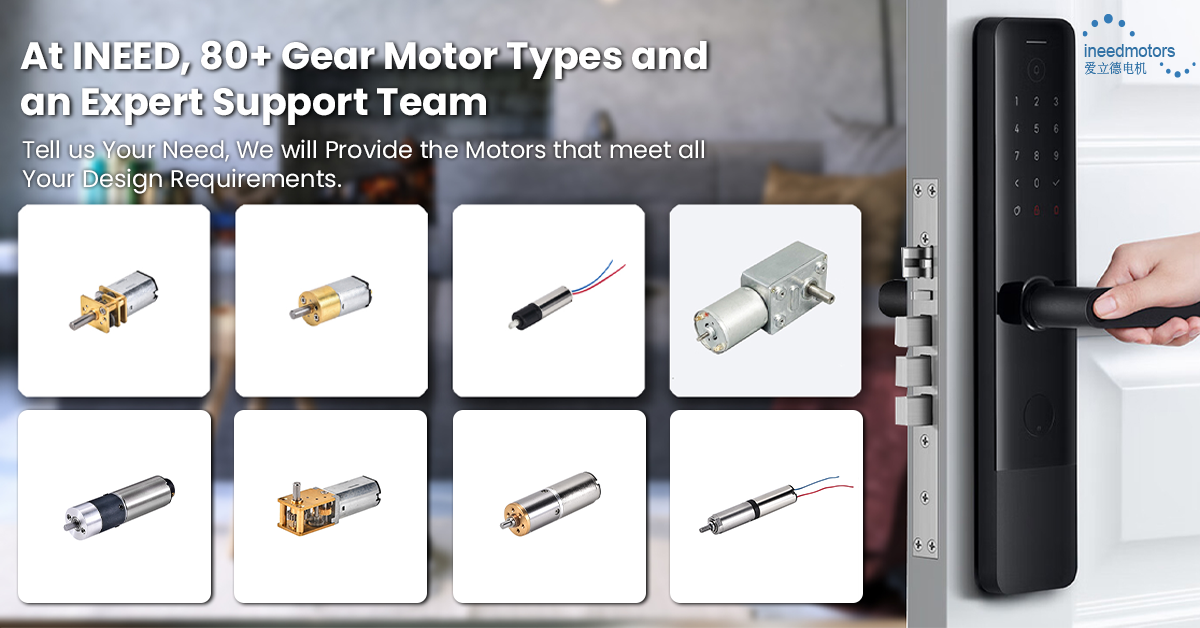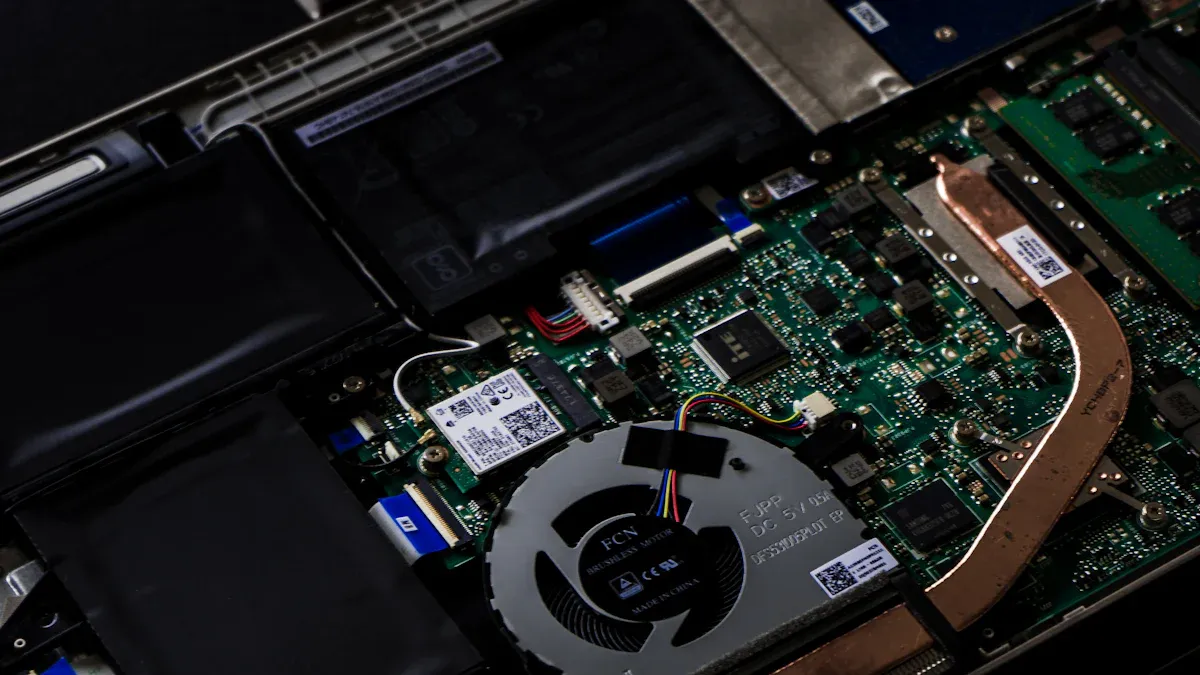
You can find BLDC motors in many modern devices. BLDC motors use electronic commutation and permanent magnets. This makes them different from brushed DC motors. They last longer, make less noise, and are easier to control. The table below shows the main differences:
Feature | Brushed DC Motors | BLDC Motors |
|---|---|---|
Lifespan & Maintenance | Brushes wear out | Maintenance-free |
Control Precision | Needs feedback | Precise control |
Noise & EMI | Electrical noise | Smooth operation |
Efficiency | Energy lost as heat | Cooler, more efficient |
Complexity & Cost | Simple, low cost | Needs controller |
BLDC motors are important in many industries. You can see them in dental handpieces, pool cleaners, and smart curtains from INEED, a top maker. The BLDC motor market is growing quickly:
It was USD 20,990.5 million in 2024.
It may reach USD 30,862.4 million by 2030.
You can use BLDC motors for technical jobs and daily life. This technology helps you enjoy quieter and smarter devices.
Key Takeaways
BLDC motors do not have brushes. This helps them last longer. They need less fixing than brushed motors.
These motors work quietly. They use energy well. This makes them good for healthcare, smart homes, and robots.
BLDC motors use electronic commutation. This gives better control. It helps them run smoothly. It also saves energy.
You can change BLDC motors to fit your needs. You can pick things like output shaft and gear ratios.
More people want BLDC motors now. Their good performance and energy saving make them popular.
What Are BLDC Motors?
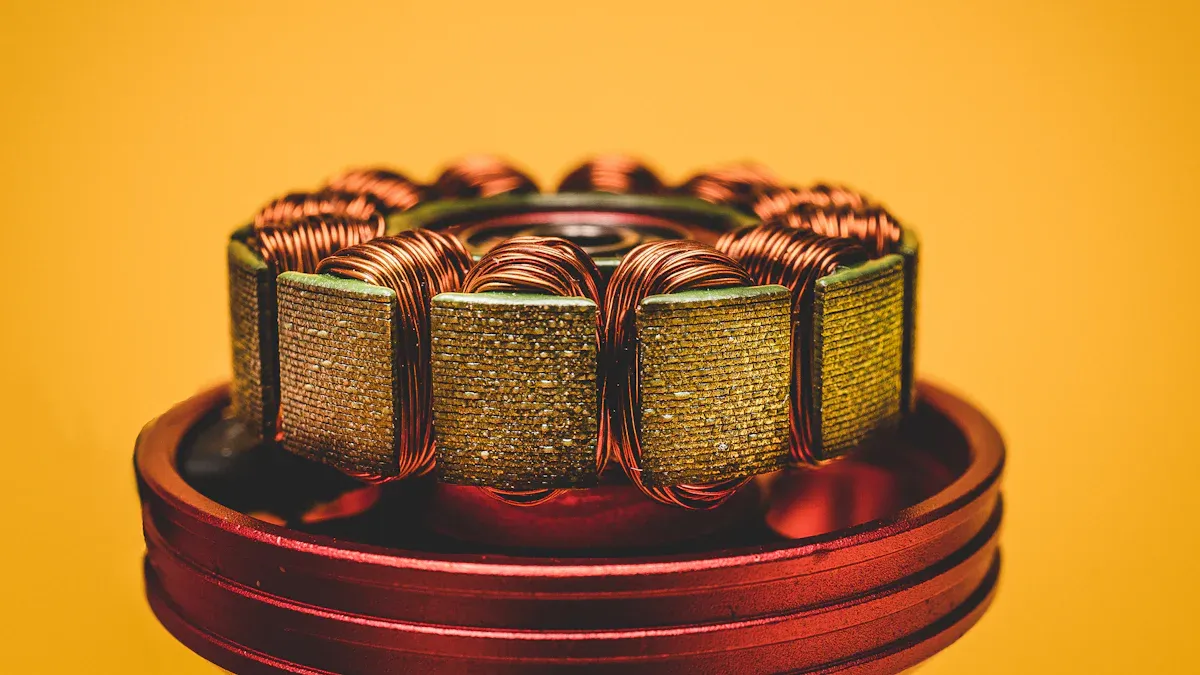
Definition and Technology
BLDC motors are found in many things you use. BLDC means brushless direct current. These motors use permanent magnets and special circuits to move. There are no brushes inside BLDC motors. Electronic controllers change the current in the motor windings. This is called electronic commutation.
BLDC motors have many good points:
They make little electrical noise.
They are very reliable and respond fast.
They cause less electromagnetic interference.
BLDC motors work well because they do not use brushes. They last a long time and need little care. BLDC motors match the speed of the stator and rotor magnetic fields. You get strong power and quick response.
Engineers follow steps to design BLDC motors:
Design Step | Description |
|---|---|
Define Application Requirements | You set torque, speed, voltage, and cooling. |
Choose Motor Topology | You pick inrunner or outrunner types for your needs. |
Electromagnetic Design | You look at stator and rotor, air gap, and back EMF. |
Thermal Management | You control heat to keep the motor safe. |
Mechanical Design | You choose shaft size, bearings, and housing for strength. |
Simulation and Prototyping | You use computer tools and build test motors. |
Controller Integration | You match the motor with a controller for smooth running. |
BLDC motors use new technology for smooth and good motion. Many industries use them because they fix problems brushed motors have.
Key Components
BLDC motors have several main parts. Each part helps the motor work well.
Component | Description |
|---|---|
Stator | Makes magnetic force to turn the rotor. Star or delta patterns help control torque. |
Rotor | Has permanent magnets for the magnetic field. The number of poles changes torque and speed. |
Position Sensor | Finds rotor position and tells the controller. Hall sensors are used a lot. |
Bearing | Holds the rotor and lets it move smoothly. It lowers friction. |
Shaft | Connects the rotor to what you want to move. It turns with the rotor. |
Casing | Covers the motor’s parts and keeps out dust and water. |
BLDC motors often use Hall sensors for better control. Some motors do not use sensors, which can save money. The casing protects the motor and helps it last longer.
INEED’s BLDC Motor Range
INEED has many BLDC motors to choose from. Some motors are as small as 6mm wide and 2mm thick. You can pick voltages like 12V or 24V. Some motors spin up to 80,000 RPM. There are inner-rotor and outer-rotor types.
INEED lets you change your BLDC motor to fit your needs. You can pick the output shaft for your device. You can choose gear ratios for the speed and torque you want. You can add connectors and encoders for better control.
Description | |
|---|---|
Output Shaft | You change the shaft for your use. |
Gear Ratios | You pick the ratio for speed and torque. |
Connectors | You choose connectors for easy setup. |
Encoders | You add encoders for more control. |
INEED has lots of experience with BLDC motors. They help you pick the best motor for your project. You get motors that work well in healthcare, smart homes, and factories.
Tip: You can ask INEED for free samples to test BLDC motors in your projects.
BLDC motors from INEED use smart technology, flexible design, and strong power. You see them in dental tools, pool cleaners, and smart curtains. These motors last longer, run quietly, and work well.
How BLDC Motors Work
Operating Principles
BLDC motors work using a simple idea. The magnetic field and electric current make things move. The stator makes a magnetic field that spins. The rotor has permanent magnets and follows the spinning field. BLDC motors do not have brushes inside. This design helps the motor work well and smoothly. No brushes means less friction and less heat. Devices last longer and work better with BLDC motors.
BLDC motors are quiet when they run. They respond quickly and give steady power. Many devices use them because they work well and are reliable.
Electronic Commutation
Electronic commutation is important for BLDC motors. These motors use a controller instead of brushes. The controller sends current to the right stator windings in order. This makes a spinning magnetic field that moves the rotor. Brushed motors use brushes and a commutator to switch current. BLDC motors use electronic commutation for better control. You get less wear and better performance. BLDC motors also make less electrical noise and use energy better.
Types of BLDC Motors
There are two main types of BLDC motors. These are inner-rotor and outer-rotor motors. Each type works in its own way.
Attribute | Inner-Rotor (IR) | Outer-Rotor (OR) |
|---|---|---|
Typical speed range | 3,000–30,000 rpm | 100–3,000 rpm |
Torque density | Medium–high | High at low rpm |
Power density | High at high rpm | Medium; excellent at low rpm |
Rotor inertia | Low–medium | Medium–high |
Dynamic response | Fast | Smooth |
Typical applications | Power tools, drones | Fans, robotics, e-bike hubs |
Inner-rotor BLDC motors have the rotor inside the stator. This makes the motor small and efficient. Outer-rotor BLDC motors have the rotor on the outside. These motors cool better and give more torque at slow speeds. INEED sells both types of BLDC motors. You can pick the one that fits your needs best. These motors are used in smart home devices and healthcare tools that need strong power.
Features and Specifications of BLDC Motors
Performance and Efficiency
BLDC motors work well in many devices. They use smart electronic controls for speed and torque. BLDC motors are very efficient. They give more power and waste less energy as heat. Most BLDC motors are 85% to 92% efficient. Some can reach up to 95%. This makes them a good choice for strong and reliable devices.
Motor Type | Typical Efficiency | High-End Efficiency | Common Applications |
|---|---|---|---|
Brushed DC Motor | 75% – 85% | 88% | Small tools, toys, basic drives |
85% – 92% | 95% | EVs, drones, automation | |
Induction Motor | 85% – 93% | 95% | HVAC, pumps, industry |
Permanent Magnet Synchronous | 96% – 98% | 98%+ | EVs, turbines, robotics |

BLDC motors are quiet when running. You hear less noise and feel less shaking. This is great for medical tools and smart home devices. Smooth running gives you a better experience.
Reliability and Maintenance
BLDC motors last a long time. They do not have brushes that wear out. You do not need to change parts often. BLDC motors can work for 5,000 to 25,000 hours. Some last even longer if used well. You save time and money on fixing them.
Advantage | Description |
|---|---|
BLDC motors last much longer than brushed motors. | |
Lower maintenance requirements | They need less care, so you save money and time. |
Absence of brushes | No brushes means less damage inside the motor. |
Reduced maintenance | No brushes means no cleaning or replacing them. |
BLDC motors keep working well for a long time. You can trust them in your devices.
INEED Product Specifications
INEED has many BLDC motors with different features. You can find motors for robots, medical tools, and smart home systems. Here are some examples:
Model No.: IND-16BLDC1654
Brand: INEED
Application: HM, robot, head, Power Tools, Actuator, Medical Devices
Capacity: 500,000 pcs monthly
Certification: ISO9001, ISO14001, ISO45001
Green product: ROHS/REACH compliant
Rated voltage: 12-24V
Model: IND-42BLDC4260
Diameter: 42mm
Body Length: 60mm
Operating Voltage: 8V DC-26V DC
Stall Torque: 1940g·cm – 3515g·cm
You can pick BLDC motors from INEED for high efficiency and quiet running. These motors help you make strong devices that need little care.
Applications of Brushless DC Motors
BLDC motors are used in many industries. These motors work well in devices that need to be strong and reliable. They are small and easy to control. This makes them a good choice for new technology.
Healthcare Solutions (Dental Handpiece)
BLDC motors are inside dental handpieces. These motors are small, about 15 mm wide and 24 mm long. They give torque from 1 to 5 mNm. They can spin from 60 to 500 rpm. BLDC motors do not shake much and are quiet. This helps dentists and patients feel calm. The motors are light, only about 18 g. Dentists can use them for a long time without getting tired. The movement is smooth and quick. This gives dentists good speed control for their work.
Safety is very important in healthcare. Motors must handle cleaning, heat, and give steady power at fast speeds.
Pool Cleaning Equipment
BLDC motors help pool cleaning robots work better. These motors clean well and last in wet places. The table below shows how BLDC motors help pool cleaners:
Feature | Benefit |
|---|---|
Compact Size | Fits inside pool cleaning robots easily. |
High Torque Output | Removes debris with strong force. |
Precise Control | Keeps speed and torque steady for better cleaning. |
Waterproof Features | Works well in water, lasts longer. |
You find BLDC motors in pool cleaners that climb steps and pick up tough dirt. These jobs need motors that work the same every time and give strong power.
Smart Home (Electric Curtain)
BLDC motors make smart homes better. You can open or close curtains with a button or app. These motors are quiet, so they are good for bedrooms and living rooms. You can connect curtains to smart home systems like Alexa or Google Home. BLDC motors let you change light and privacy easily. You save energy by using more sunlight. You can also make curtains move when you are not home for safety.
Quiet motors for calm rooms
Easy to use with smart home systems
Good control for moving curtains
Saves energy and keeps your home safe
Other Industry Uses
BLDC motors are used in many other areas. You see them in robots, factory machines, and green energy systems. In factories, BLDC motors help machines move just right. In solar and wind systems, these motors help get more energy. You also find BLDC motors in home gadgets, air systems, and smart devices. These uses focus on saving energy and smart control.
BLDC motors help electric cars, robots, and smart homes grow. You get better performance, save energy, and have devices you can trust.
BLDC vs. Brushed DC Motors
Performance Comparison
BLDC motors and brushed DC motors work in different ways. BLDC motors use controllers to change speed and torque. These motors do not have brushes inside. This makes them run smoothly. BLDC motors make less electromagnetic interference. You can set the speed very accurately. BLDC motors are strong for their weight. This helps when you need light devices. Brushed DC motors use brushes and commutators. These parts wear down and make noise. BLDC motors work better and use energy more wisely.
BLDC motors save energy because there is less friction.
BLDC motors run smoother than brushed DC motors.
You can change speed and torque easily with BLDC motors.
BLDC motors give strong power for their size.
Cost and Maintenance
BLDC motors cost more when you buy them. The controllers and special design make them expensive. But you spend less money later. BLDC motors need little care. You do not have to change brushes or commutators. BLDC motors last much longer. Good BLDC motors can work for 5,000 to 30,000 hours. Some last up to 50,000 hours. Brushed DC motors are cheaper at first. But you pay more for fixing them. Brushes wear out and need checking often. Brushed motors break more, especially if you use them a lot.
BLDC motors cost less to keep working.
Brushed DC motors need repairs often.
BLDC motors help your devices work longer without stopping.
Common Challenges
BLDC motors are great, but they have some problems. The table below shows what can go wrong with BLDC motors:
Challenge | Description |
|---|---|
High Cost | BLDC motors cost a lot, so some places do not use them. |
Electronic Control Systems | You need special controllers, which can cause interference. |
Sensor Dependency | BLDC motors need sensors. If a sensor breaks, the motor may stop. |
Limited High Speed and Torque | BLDC motors may not be strong enough at very high speeds. |
Heat Dissipation | BLDC motors can get hot if used for a long time. This can lower how well they work. |
You can fix most problems with good planning and regular checks. BLDC motors are used more and more because they work well and last a long time.
Future Trends in BLDC Motor Technology
Innovations and Control Systems
BLDC motors are getting smarter every year. Smart sensors check how the motor is working right now. You can use AI to know when a motor needs fixing. You can fix and update motors from far away. Motors can change their speed and strength to work better. Field-Oriented Control (FOC) helps motors run smoother. Sensorless vector control also makes motors work better. AI lets motors learn and change for different jobs. Special controllers like PI-FLC and PI-ANFIS help motors control speed, especially in electric cars.
Smart sensors watch motors all the time
AI helps know when to fix motors
You can fix motors from far away
Motors change speed and strength to work better
FOC helps motors run smoother
Sensorless vector control helps motors work better
AI lets motors learn and change
Sustainability and Efficiency
BLDC motors help save energy and protect nature. You see them in electric cars and hybrid cars. They make cars stronger and use less energy. BLDC motors help air systems use less power. They help solar panels and wind turbines get more energy. Makers build BLDC motors with parts that waste less energy. Closed-loop systems let you see how much energy is used right now. BLDC motors work in smart grids to help control energy better.
BLDC motors run with less rubbing and heat.
Their design means you fix them less, so there is less trash.
BLDC motors last longer, so you use less energy over time.
INEED’s Commitment to Quality
INEED’s brushless gear motors are quiet, strong, and save energy. You can use 10% less electricity by 2030 with these motors. This helps the planet.
INEED’s brushless gear motors save energy, make less noise, and can be changed for many uses.
Brushless DC motors from INEED use less energy and need less fixing. This helps you have a greener solution.
You can trust INEED to give you BLDC motors that are high quality and good for the planet. Their motors help you make things that last longer and use less power.
You find bldc motors in lots of devices. They do not use brushes and have smart controllers. These motors work well and last a long time. BLDC motors have a stator with windings. The rotor has magnets. They run quietly and do not shake much. BLDC motors save energy and need fewer repairs. INEED sells bldc motors for hospitals, homes, and factories. BLDC motors will get even better soon. They will have smarter controls and save more energy.
Advantage | Description |
|---|---|
High Efficiency | Uses less energy, gives more power |
Long Lifespan | No brushes that break |
Precise Control | Easy to change speed and torque |
Low Noise | Runs quietly and smoothly |
Compact Design | Fits into small places |
You can count on INEED for bldc motors that last longer and help your devices work well.
FAQ
What is a BLDC motor?
A BLDC motor is a brushless direct current motor. You use it in devices that need quiet, efficient, and long-lasting performance. It uses electronic commutation instead of brushes.
What makes BLDC motors different from brushed motors?
BLDC motors do not use brushes. You get less noise, longer life, and better control. Brushed motors need more maintenance because brushes wear out.
What applications use BLDC motors?
You find BLDC motors in dental handpieces, pool cleaners, smart curtains, and robots. These motors work well in devices that need smooth motion and low noise.
What voltage options do BLDC motors offer?
You can choose BLDC motors with different voltages, such as 12V or 24V. This lets you match the motor to your device’s power needs.
What should you consider when choosing a BLDC motor?
You should look at torque, speed, size, and voltage. Think about your device’s needs. INEED offers customization so you get the best fit for your project.
